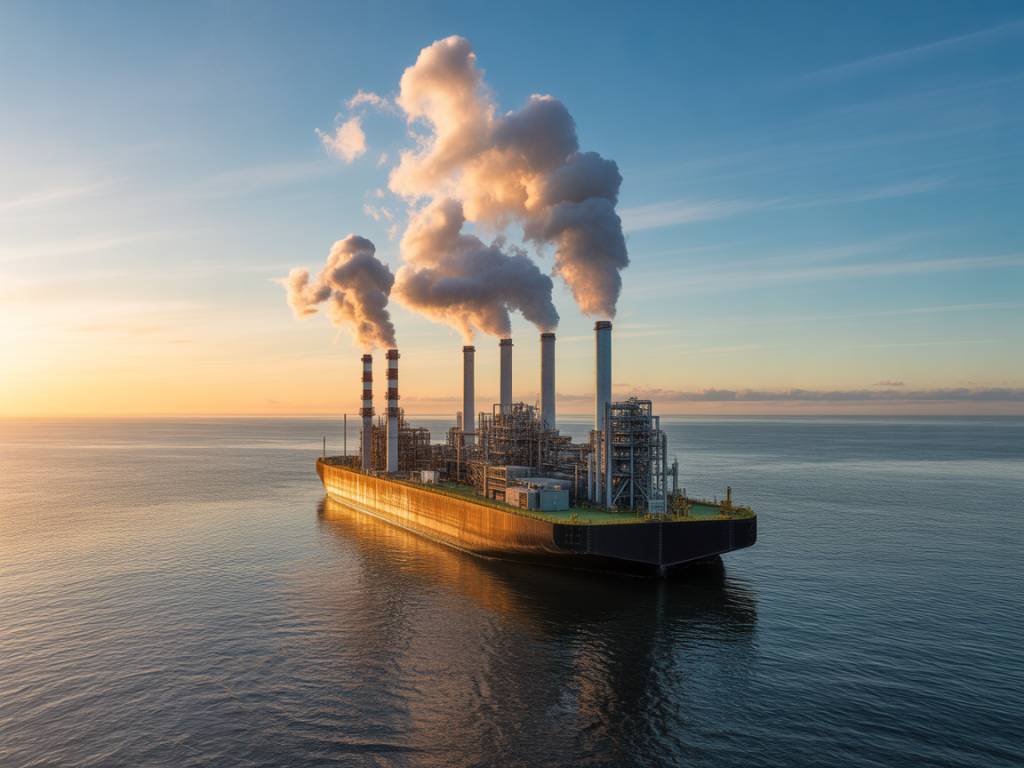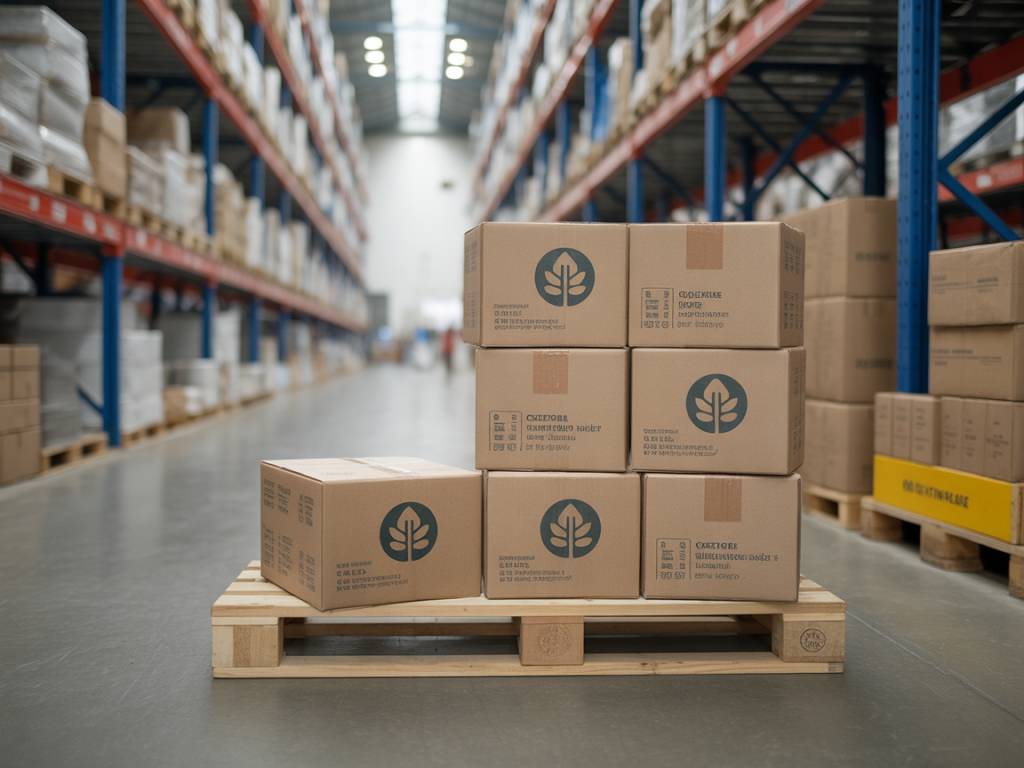Green Hydrogen: More Than a Buzzword
Green hydrogen is no longer confined to academic white papers or ambitious energy roadmaps. This clean energy vector—produced via electrolysis using electricity from renewable sources—is rapidly becoming a real-world driver of industrial transformation. Countries like Germany, Japan, and Australia are doubling down on investments, while multinationals from steel to logistics are redesigning operations to integrate this versatile fuel. Why? Because hydrogen, particularly when green, promises a zero-emission alternative to fossil fuels in hard-to-abate sectors.
But there’s more at stake here than emissions targets. Beyond decarbonisation, green hydrogen is also a lever for long-term industrial competitiveness, energy sovereignty, and the emergence of new supply chains. In other words: we’re not looking at a gradual evolution, but at a structural shift.
A Technological Turning Point
Until recently, the economics of green hydrogen were hardly compelling. Electrolysers were expensive, renewable electricity unreliable or overpriced, and storage problematic. That picture is changing—fast. According to BloombergNEF, the cost to produce green hydrogen could fall by 70% by 2030, driven by scale effects and improvements in electrolyser efficiency.
Pierre Delon, CTO of HySera Solutions, a French electrolyser startup based in Lyon, offers a grounded perspective: “Just two years ago, we were explaining the basics of electrolysis to our clients. Now they ask us for gigawatt-scale solutions. The mindset has shifted—it’s no longer ‘if’, it’s ‘how fast’.”
The rise of solid oxide and PEM electrolyser technologies is also accelerating industrial uptake. These compact, modular units can operate directly on-site, reducing transport complexity. They’re increasingly integrated into brownfield retrofitting plans or new industrial clusters built around hydrogen production hubs.
Heavy Industry Eyes the Hydrogen Pivot
If green hydrogen has captured the imaginations of policymakers and clean-tech investors, it’s because of its transformative potential in heavy industries like steel, cement, and ammonia. Let’s take steel manufacturing—a sector that accounts for 7% of global CO₂ emissions. The switch from coking coal to hydrogen-based direct reduced iron (DRI) processes could drastically lower the carbon footprint.
In Sweden, the HYBRIT project—backed by SSAB, LKAB, and Vattenfall—made headlines by delivering the world’s first batch of fossil-free steel in 2021. Tata Steel and ArcelorMittal are now following suit, launching pilot programs across Europe. These companies are betting on hydrogen not just to meet regulatory targets, but to future-proof their competitiveness amid shifting investor and consumer expectations.
Meanwhile, the chemical industry is also seeing a shakeup. Fertiliser production—specifically ammonia synthesis—is plagued by high emissions due to the use of grey hydrogen (derived from natural gas). Companies like Yara and OCI Global are testing green alternatives, particularly in regions where cheap solar or wind power is abundant—southern Spain or coastal Chile, for example.
Logistics and Transport: A Quiet Acceleration
While passenger EVs dominate headlines, hydrogen is carving out a niche in freight logistics and long-haul transport—domains where battery limitations (weight, charge time, range) still hamper efficiency.
France’s Gaussin and Germany’s Quantron are developing hydrogen-powered trucks for port and intermodal logistics. In the maritime segment, projects like Zero Emission Services (ZES) in the Netherlands are demonstrating how hydrogen can power inland vessels with zero tailpipe emissions. Even aviation is getting in on the act: Airbus plans to release its hydrogen-powered ZEROe aircraft by 2035, a timeline that once seemed utopian.
Hydrogen logistics is also getting smarter. Lhyfe and Plug Power are working on integrated production and distribution models, where hydrogen is generated near consumption points, slashing transport costs and losses. Hydrogen refueling stations, once the bottleneck, are now part of broader infrastructure rollouts scheduled across major freight corridors in Europe and Asia.
Strategic Investments and Policy Tailwinds
Governments are not sitting on the sidelines. As of Q4 2023, over 40 countries have published national hydrogen strategies. The EU’s REPowerEU plan sets a target of 10 million tonnes of domestic green hydrogen by 2030, alongside an additional 10 million tonnes in imports. Germany has earmarked over €9 billion to develop its hydrogen backbone, while South Korea is positioning itself as a global electrolyser manufacturing hub.
The U.S. Inflation Reduction Act also creates strong financial incentives, offering a production tax credit of up to $3 per kilogram of clean hydrogen. The result? A pipeline of over 100 new hydrogen projects globally, many already in pre-FEED stages.
Private capital is following closely. In 2023 alone, more than $12 billion was invested in clean hydrogen-related projects, a figure that tripled from just two years earlier. Most of that money is going into infrastructure—electrolyser manufacturing, hydrogen storage, and port facilities designed for hydrogen transport.
Challenges Still Loom
Despite the optimism, several bottlenecks remain. First: infrastructure. Hydrogen is a small, highly diffusive molecule, and pipelines, compressors, and valves need specific materials and engineering to manage it safely. Repurposing existing natural gas networks is a partial solution—but far from sufficient.
Second: standardisation. From purity thresholds to safety protocols, the sector still lacks harmonised international norms. This complicates trade and adds risk for project developers. “Even within Europe, we’re navigating a patchwork of regulations,” laments Christina Meyer, a hydrogen policy advisor based in Berlin. “An internal hydrogen market is still far off.”
Third: electricity supply. Green hydrogen is only as clean as the electricity used to produce it. Ensuring a 24/7 supply of low-carbon power requires not only renewable generation, but also advancements in grid flexibility and storage—a challenge that extends beyond hydrogen alone.
Emerging Business Models: From Molecules to Services
Interestingly, green hydrogen is spurring innovation not just in chemistry, but in business models. Firms like H2Mobility in Germany and Hype in France are building vertically integrated hydrogen-as-a-service (HaaS) models: think of it as SaaS, but for molecules. These services typically bundle hydrogen supply, refueling infrastructure, and vehicle leasing into a monthly utility-style subscription, lowering entry costs for fleet operators.
Elsewhere, startups are exploring hydrogen-as-a-feedstock models, enabling circular use cases. For example, carbon capture and usage (CCU) facilities can combine green hydrogen and CO₂ to create synthetic fuels or plastics, closing the carbon loop while opening new markets in e-fuels or green methanol.
The winners in this new ecosystem won’t necessarily be those with the biggest electrolyser, but those who can orchestrate partnerships across sectors—energy, logistics, chemicals, policy—to de-risk projects and achieve scale.
A New Industrial Age—Powered by the Lightest Element
The green hydrogen revolution isn’t about replacing one fuel with another. It’s about redrawing the map of value creation in industry. From creating new export economies in sun-rich but fossil-poor regions, to reshaping port infrastructures and industrial clusters, hydrogen is rewriting the logic of global energy flows.
And like all industrial revolutions, this one arrives with both promise and uncertainty. The challenge for business leaders today isn’t to ask whether green hydrogen will matter—but how, where, and when it will reshape their sector.
Back in Dunkirk, northern France, a green steel project led by ArcelorMittal is already breaking ground—an investment of €1.7 billion aimed at slashing the site’s CO₂ emissions by 4 million tonnes per year. “We’re not experimenting anymore,” says site manager Marc Lefranc. “We’re executing.”
That pretty much sums it up: hydrogen isn’t the future. It’s already here, piping its way into the heart of industrial strategy.




